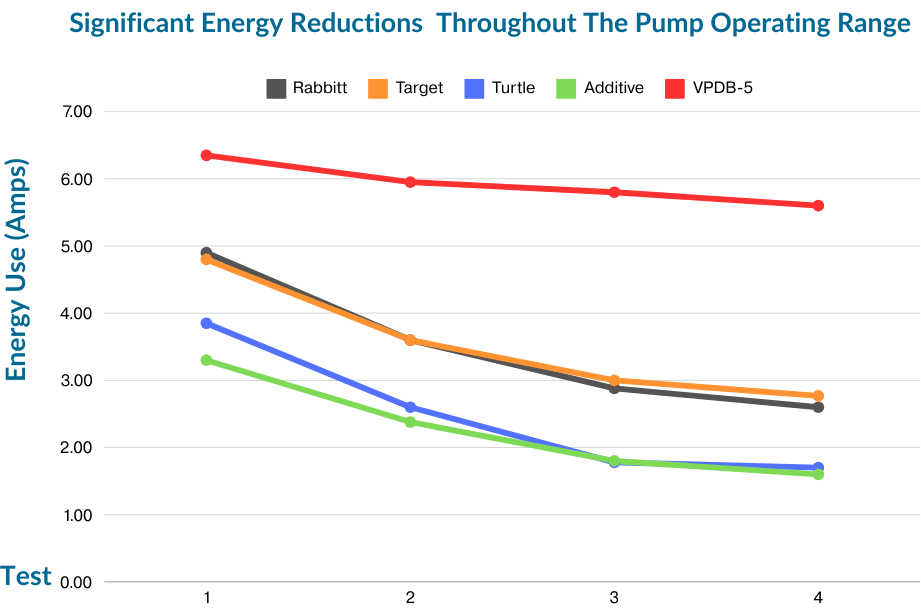R.I.P. Conveying as You Know It:
Time for a Smarter Way to Move
- Traditional systems are designed around a single line size and for the most extreme scenarios, so they lack precision and can’t accommodate low volume peripherals.
- This excessive force approach compromises material integrity, wastes energy, & escalates costs.
- SmartConveying perfectly adapts to specific resins’ needs protecting your material, equipment, & budget.
- All put together by a system design team with over 200+ years experience.
SmartConveying is an Entirely New Way to Design Systems
Leveraging our Advanced AI+EV Technologies:
Learn how we can tailor a SmartConveying System that will catapult you ahead of the competition.
Contact Us!
"*" indicates required fields


